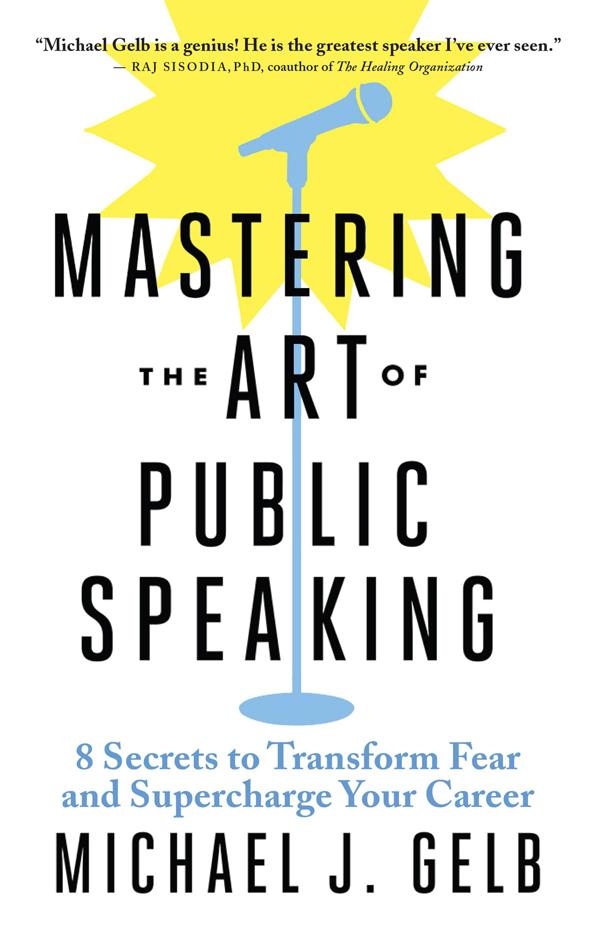How To Improve Your Public Speaking Skills
Improving Your Public Speaking Skills: A Step-by-Step Guide

Frequently Asked Questions
Some effective tips include deep breathing exercises, visualizing success, practicing your speech multiple times, and using positive affirmations to boost confidence.
Audience engagement is crucial. It helps to maintain interest, encourages interaction, and makes the presentation more memorable. Engaged audiences are more likely to absorb and retain the information shared.
Step by Step Guide
1
Understand the Basics of Public Speaking
Begin by familiarizing yourself with the fundamental principles of public speaking, including the importance of clear communication, audience engagement, and body language. Reading books or attending workshops on public speaking can give you a solid foundation.
2
Identify Your Purpose
Before any speech, define your purpose. Do you want to inform, persuade, entertain, or inspire your audience? Knowing your goal helps in structuring your content effectively.
3
Know Your Audience
Research your audience demographic. Understand their interests, expectations, and background knowledge. Tailoring your message to meet your audience's needs will enhance engagement.
4
Create an Outline
Draft an outline for your speech. Start with an introduction to grab attention, followed by the main points supported by evidence, and conclude with a strong closing statement. A clear structure helps in delivering your message succinctly.
5
Write Your Speech
Convert your outline into a fleshed-out speech. Use simple and clear language to express your ideas. Incorporate stories, anecdotes, or quotes to make your points relatable and memorable.
6
Practice, Practice, Practice
Rehearse your speech multiple times. Consider practicing in front of a mirror, recording yourself, or presenting to friends or family for feedback. Repeat until you feel confident with the material.
7
Work on Your Delivery
Focus on voice modulation, pacing, and body language. Practice speaking slowly, clearly, and with the right energy level. Use hand gestures and facial expressions to enhance your message.
8
Manage Your Nerves
Feeling nervous is normal. Develop techniques to cope with anxiety, such as deep breathing exercises or visualizing a successful presentation. Positive affirmations can also boost your confidence.
9
Engage with Your Audience
Incorporate techniques to engage your audience throughout your speech, such as asking rhetorical questions, involving them in demonstrations, or using humor. Eye contact and genuine smiles encourage audience connection.
10
Seek Feedback and Improve
After your presentation, ask for constructive feedback from your audience or peers. Identify strengths and weaknesses to improve in future speaking opportunities. Continuous learning is key to mastering public speaking.








